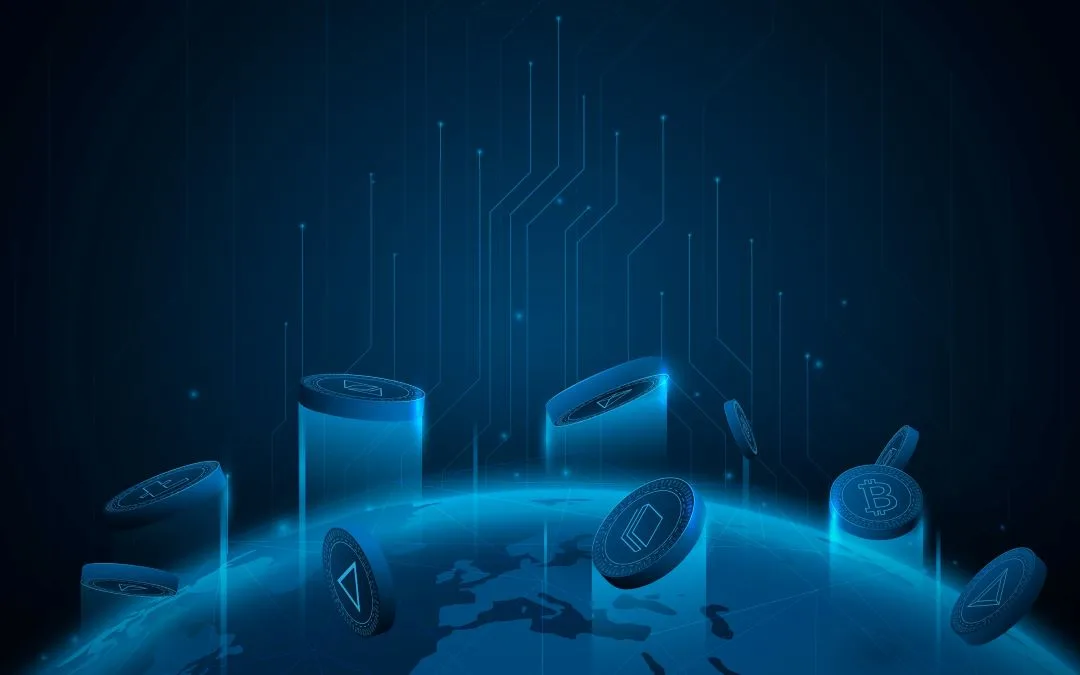A pivotal innovation in advancing digital payments, tokenisation is reshaping the security landscape of online transactions. It allows businesses and customers to make secure payments online without storing sensitive card data, revolutionising payment handling.
This article will discuss the benefits of tokenisation, how it differs from traditional encryption methods, how it works, and why it plays a crucial role in increasing digital payment security and privacy.
What is tokenisation?
Tokenisation is a sophisticated security technology that transforms sensitive data, such as credit card numbers, into a string of characters, known as a token, that holds no exploitable value.
This method significantly reduces the risk of data breaches and enhances the security of digital transactions. Unlike traditional encryption methods, which encode data in a way that can be reversed, tokenisation ensures that the original data cannot be retrieved directly from the token, offering a robust layer of security in digital financial transactions.
Tokens have no value outside their specific context, contrasting with encryption, where data can be decrypted. Tokenisation’s process is irreversible, securing data even if a token is compromised.
How does tokenisation work?
Initiation
A transaction is initiated when users input sensitive data, such as a credit card number, during a digital payment process.
Secure environment
The sensitive data is sent to a secure tokenisation system or service provider, where it is processed.
Token generation
The tokenisation system generates a unique token that represents the sensitive data. This token can be used for subsequent transactions without exposing the original data.
Data storage
The original sensitive data is stored securely in a token vault, accessible only when necessary and under stringent security measures.
Completion
The generated token is sent back to the merchant or payment processor and can be used instead of the actual data to process payments.
Types of tokens in digital payments
In digital payments, tokens can be classified as single-use or multi-use, each serving different purposes. Understanding the nuances of each type is essential for businesses and consumers alike to leverage the benefits of tokenisation in their digital transactions fully.
Single-use tokens are generated for one-off transactions, ensuring each transaction is uniquely secure. They become invalid once the transaction is completed and ensure that any potential interception or unauthorised access offers no reusable data. For instance, when a customer purchases an e-commerce platform, a single-use token represents their payment information. The token is retired once the transaction is processed, rendering it useless for further transactions.
Multi-use tokens, on the other hand, are designed for subscriptions or recurring payments. The same token is used for multiple transactions, providing convenience while maintaining security. These tokens remain valid over a set period or for a series of transactions, making them ideal for subscriptions or memberships where the customer’s payment information is used repeatedly. The security protocols surrounding multi-use tokens ensure that they are tightly bound to the specific transaction context for which they are issued, thereby maintaining security while providing the convenience of not generating a new token for every transaction.
Get started with tokenisation
Integrating tokenisation into your digital payment processes can significantly influence the security and efficiency of your financial transactions.
When selecting a tokenisation provider, the first consideration should be the provider’s reputation in the industry. A provider with a solid track record of delivering reliable and effective tokenisation services is more likely to offer secure and user-friendly solutions.
Compliance with industry standards is another critical factor. The tokenisation provider should adhere to relevant regulations and standards, such as the Payment Card Industry Data Security Standard (PCI DSS), which governs the handling of cardholder information.
The third criterion is the robustness of the provider’s security measures. Tokenisation is fundamentally about enhancing security, so the provider must employ state-of-the-art security technologies and protocols. This includes the tokenisation process and how the provider manages and stores tokens, handles data breaches and responds to evolving cybersecurity threats.
Providers with extensive experience in diverse industries can offer more nuanced insights and customised solutions catering to your business model and transaction types. They are also more likely to have encountered and resolved a range of challenges, equipping them with the knowledge to handle complex scenarios that may arise.
Conclusion
Tokenisation offers unmatched security and privacy benefits, making it a transformative technology in digital payments. By understanding and adopting tokenisation, businesses and individuals can significantly reduce the risk associated with digital transactions. By leveraging this technology, businesses and individuals can confidently engage in digital transactions, knowing their privacy and security are protected.
Businesses ready to embrace tokenisation and fortify their digital transactions can discover more about securing their digital payments with Trust Payments, where innovation meets security.





